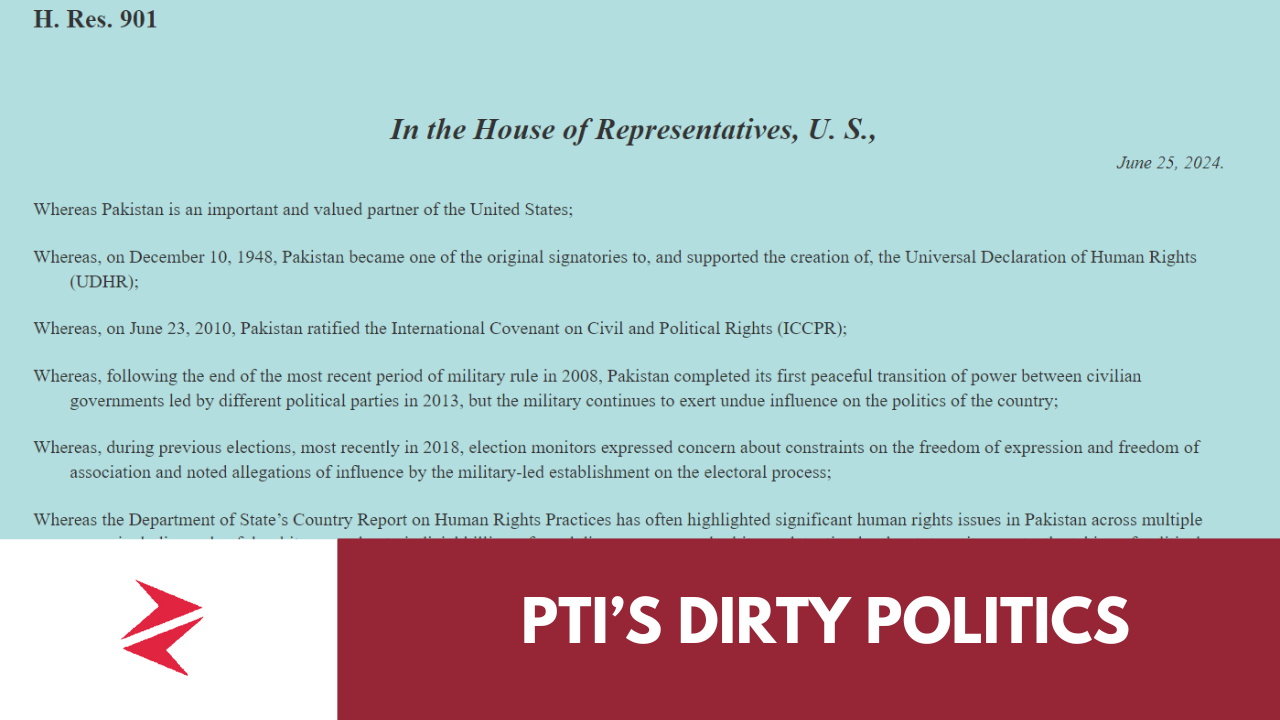PESTLE analysis and Porter’s Five Forces analysis are both commonly used tools for analyzing a company’s external environment.
PESTLE analysis is a framework for analyzing the external factors that can impact a business. These factors are:
- Political: This refers to the impact of government policies, laws, and regulations on the business.
- Economic: This refers to the impact of economic factors, such as interest rates, inflation, and unemployment, on the business.
- Social: This refers to the impact of social trends and changes in consumer behavior on the business.
- Technological: This refers to the impact of technological developments and innovations on the business.
- Legal: This refers to the impact of legal changes and regulations on the business.
- Environmental: This refers to the impact of environmental factors, such as climate change and natural disasters, on the business.
Porter’s Five Forces analysis is a framework for analyzing the competitive forces in an industry. These forces are:
- Threat of new entrants: This refers to the ease with which new competitors can enter the market.
- Threat of substitute products or services: This refers to the availability of alternative products or services that customers can switch to.
- Bargaining power of suppliers: This refers to the power of suppliers to influence the prices of the products or services that the business sells.
- Bargaining power of buyers: This refers to the power of customers to influence the prices of the products or services that the business sells.
- Intensity of competitive rivalry: This refers to the level of competition within the industry.
For example, if a company is considering entering the online retail market, a PESTLE analysis might consider the political impact of government regulations on e-commerce, the economic impact of consumer spending habits, the social impact of changes in consumer behavior, the technological impact of advancements in e-commerce technology, and the environmental impact of packaging and shipping.



































